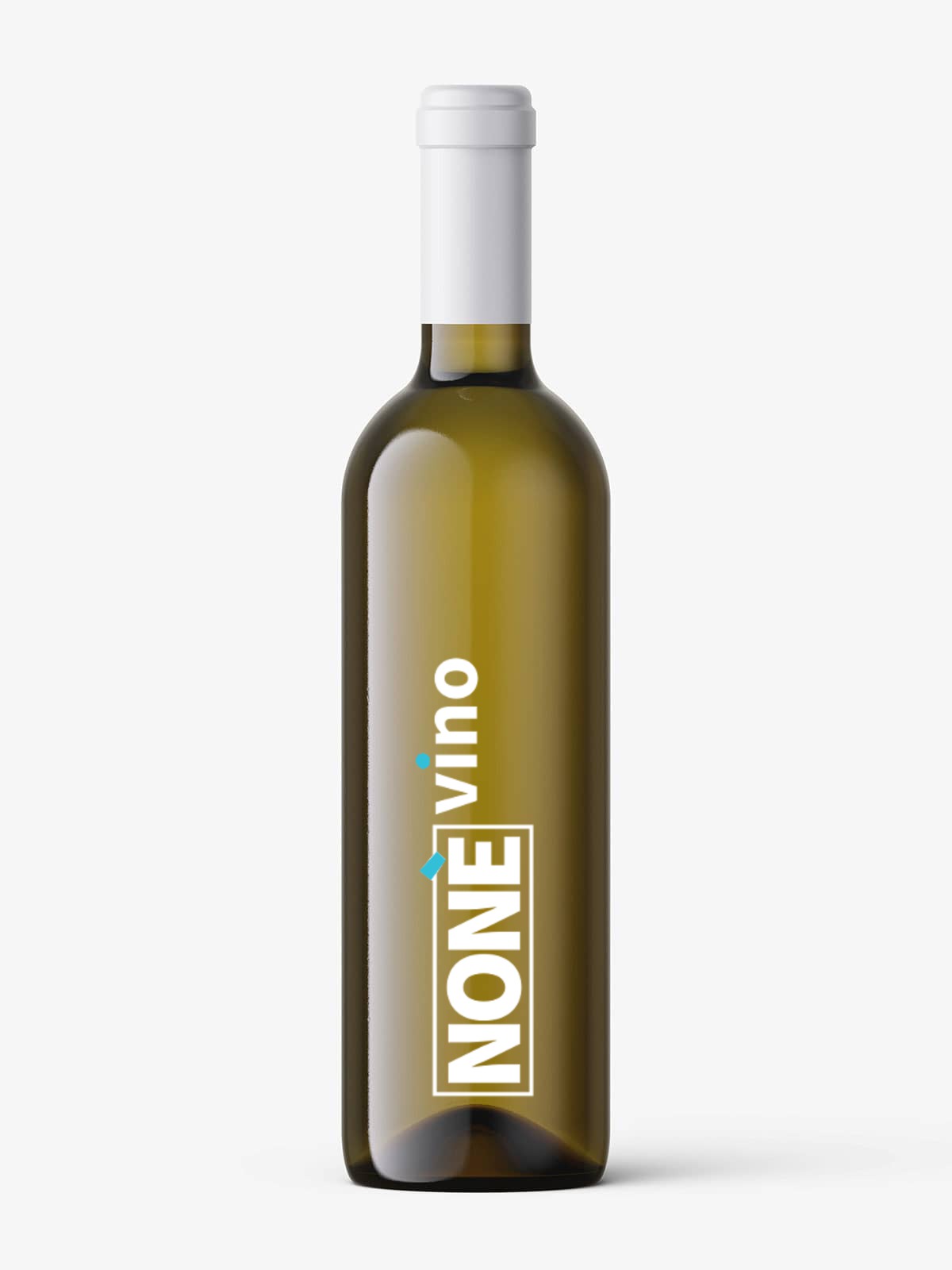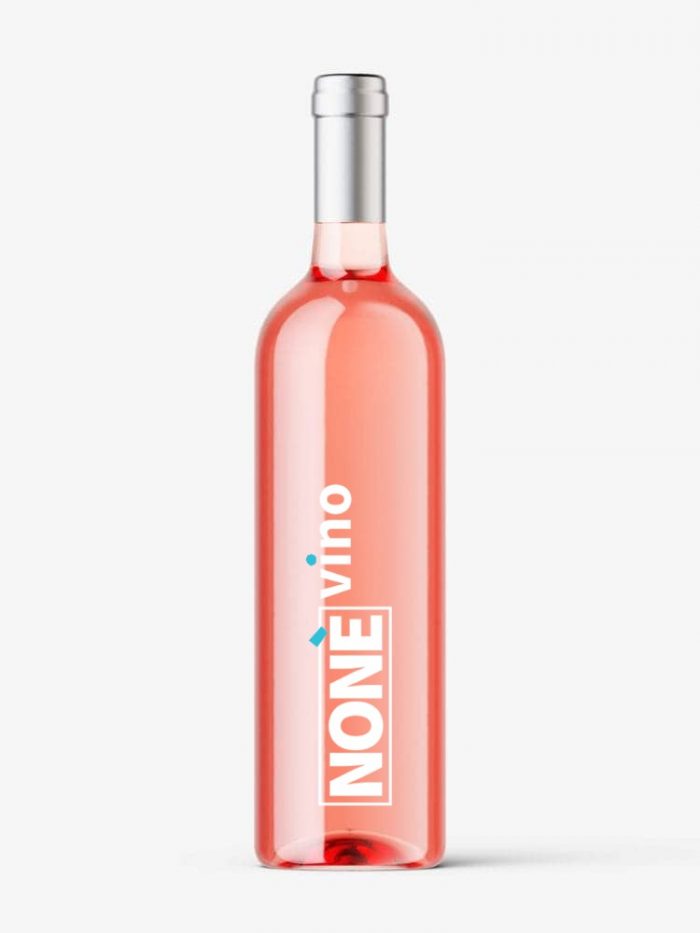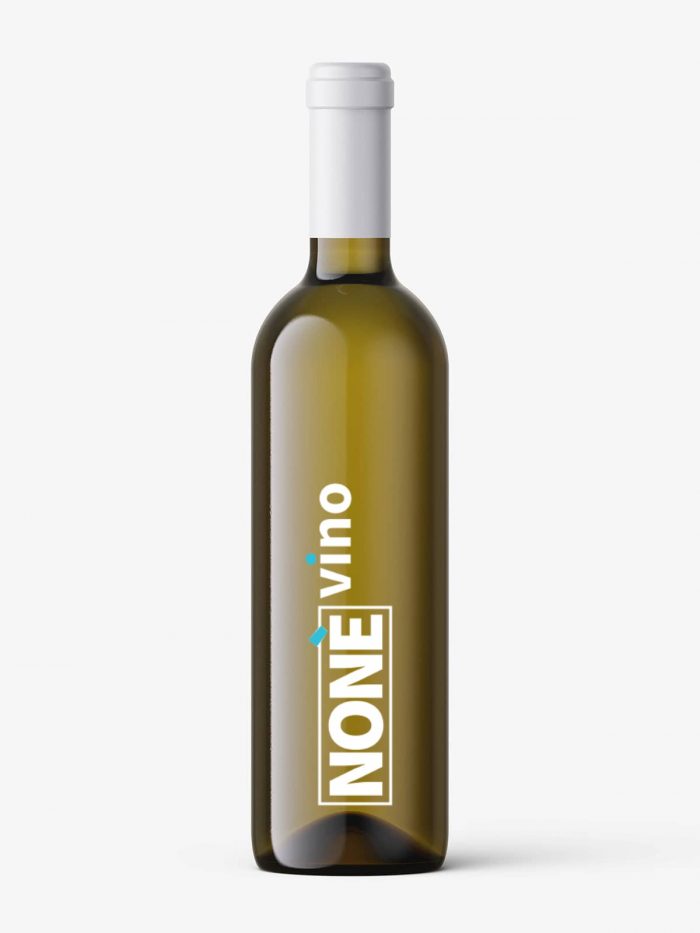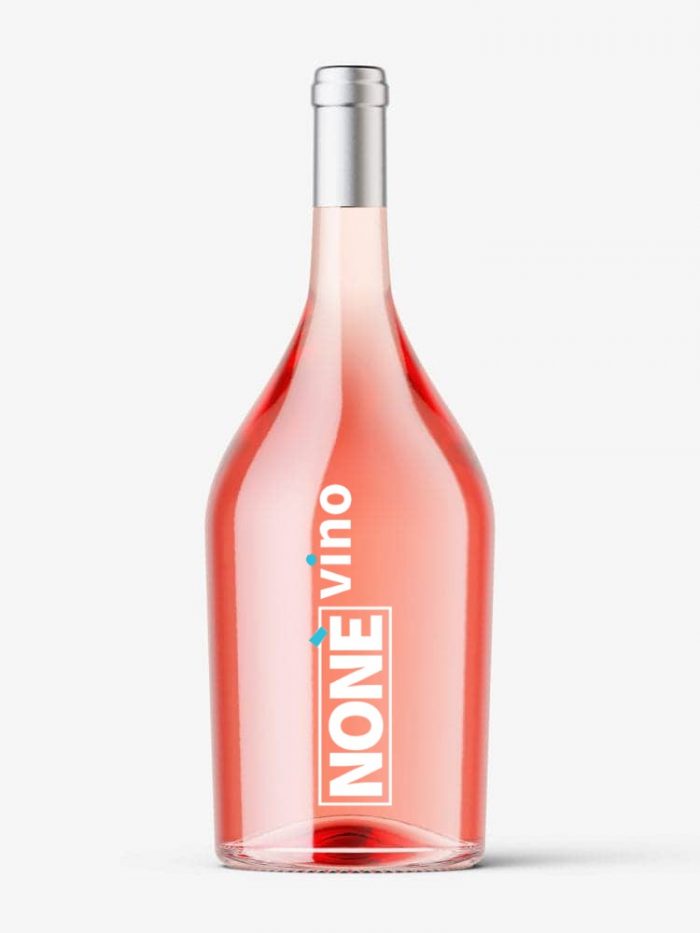The geographical area dedicated to the production of DOC Lugana wine extends in the central part of the Po river valley which includes Lake Garda, in an area that is adequately ventilated, bright and favorable to the fulfillment of all the vegetative-productive functions of the vineyards.
The Lugana DOC Wine Production Area is located in:
– province of Brescia and includes the territory of the municipalities of Sirmione, Desenzano del Garda, Lonato del Garda and Pozzolengo.
– province of Verona and includes the territory of the municipality of Peschiera del Garda.
– During the vinification phases, only loyal and constant oenological practices of the area are allowed, suitable to give the wines their particular quality characteristics.
– The oenological winemaking practices include, among other things, that:
– The maximum yield of grapes in DOC Lugana wine must not exceed 70%; if these parameters are exceeded within the limit of 5%, the excess will not be entitled to the DOC. Beyond these limits the right to DOC for the whole product lapses.
– In the designation of the Lugana DOC wines, the term ” Vigna ” can be mentioned as long as it is followed by the relative toponym and certain winemaking practices are respected.
– On the labels of the Lugana, Lugana Superiore, Lugana Riserva and Lugana Vendemmia Tardiva DOC wine bottles, it is mandatory to report the year of production of the grapes.
– The Lugana Superiore DOC wine must be aged and refined for at least 12 months.
– The Lugana Vendemmia Tardiva DOC wine must be aged and / or refined for at least 12 months.
– The Lugana Riserva DOC wine must be aged for at least 24 months, of which at least 6 months of aging in the bottle.
The historical evidence on the origin of the vine in Lugana is lost back in time. There are the famous grape seeds of Vitis silvestris found at the stilts of Peschiera del Garda that date back to the Bronze Age . There are the legendary traditions referring to the famous poet Catullus and the Ostrogothic king Theodato, to which a considerable amount of historical-literary citations have been added over time, starting with the “beautiful grapes” that Isabella d’Este Gonzaga tasted in the ruins of the villa Roman town of Sirmione during its journey to Garda.
But it is only with the ” exquisite Trebulani” sung in the De naturale vinorum historia (1595) by the much quoted Andrea Bacci and with the “strong and sweet” wine of the still “muddy Lugana” described by Ottavio Rossi in his Memorie Bresciane (1693) that the white of these lands begins to get its first, specific historical mentions.
At the beginning of the twentieth century, the words of Don Giuseppe Lenotti reported in his Historical and statistical notes of Pozzolengo admirably photograph the scenario of contemporary Lugana: the ancient Lugana forest , currently, is a fertile plain cultivated almost entirely with vines and which produces a wine white of excellent quality and of great value also on the market ».
The Lugana DOC wine obtained the recognition of the Controlled Designation of Origin on 21 July 1967.









